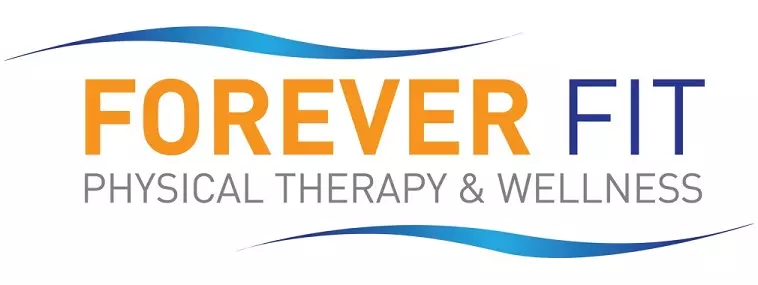Manual Therapy
Pain management is one of main reasons that people seek out physical therapy. From injury recovery to pain stemming from a medical condition, a physical therapist can utilize a variety of techniques to alleviate aches throughout your body. While some techniques require the therapist to use additional instruments, sometimes their hands are the best tools.
Manual therapy is a pillar of physical therapy because it allows the therapist to target the affected areas and apply the correct amount of pressure to alleviate pain and increase mobility.
What Is Manual Therapy?
Manual therapy, also known as manipulative therapy, refers to techniques that require the physical therapist to use hands-on application. The techniques often involve massage-like movements and gentle pressure on the affected areas. The goal of manual therapy is to decrease pain and improve the area’s overall function by focusing on joint mobility and soft tissue concerns.
Manual therapy can be utilized to assist with many different injuries and medical conditions that cause pain and reduced range of motion, including:
- Muscle strain or spasms.
- Soft tissue injuries.
- Back, neck and shoulder pain.
- Repetitive strain injuries.
- Joint pain.
The benefits of manual therapy include:
- Decreased pain.
- Reduced inflammation.
- Increased range of motion.
- Improved joint flexibility.
- Increased blood flow.
4 Types of Manual Therapy
There are a variety of techniques that fall under the umbrella of manual therapy. Your physical therapist will determine which option will work best for you after assessing the cause of your pain, the severity of your symptoms and your medical history.
Here are four common manual therapy techniques:
Soft tissue mobilization
If you have scar tissue that’s causing your pain, your physical therapist can use their hands to locate the fibrous tissue. Then they can apply gentle pressure in massage-like movements to break up the tissue to release the tension and help circulate fluid that may have built up.
Joint mobilization
When you’re experiencing pain and reduced range of motion in your joint, it’s often due to an issue with the surrounding ligaments, muscles and tendons. Your physical therapist can move around the joint to find the restrictive tissue. Then they can loosen the tissue by stretching the affected muscles.
Strain-counterstrain
If you’re experiencing muscle spasms that are causing tender points throughout your body, then your physical therapist will help decrease the tightness by gently stretching the affected soft tissue into a position. They will hold that position for several seconds before releasing it. The goal is to increase the area’s range of motion.
High-velocity/low amplitude
If your joint has a decreased range of motion or flexibility, your therapist will try to help by testing its limits. They will gently push the joint until you reach the restrictive barrier. Then they’ll apply a quick thrust to increase its overall mobility.
Forever Fit Will Determine Which Manual Therapy Technique Is Right for You
Manual therapy plays a pivotal role in most physical therapy treatment plans. Whether you’re trying to restore your mobility after an injury or you want to increase your mobility that’s been affected by a medical condition, manual therapy at Forever Fit is the answer to your problems.
Contact our team today for more information or to schedule an initial appointment.
